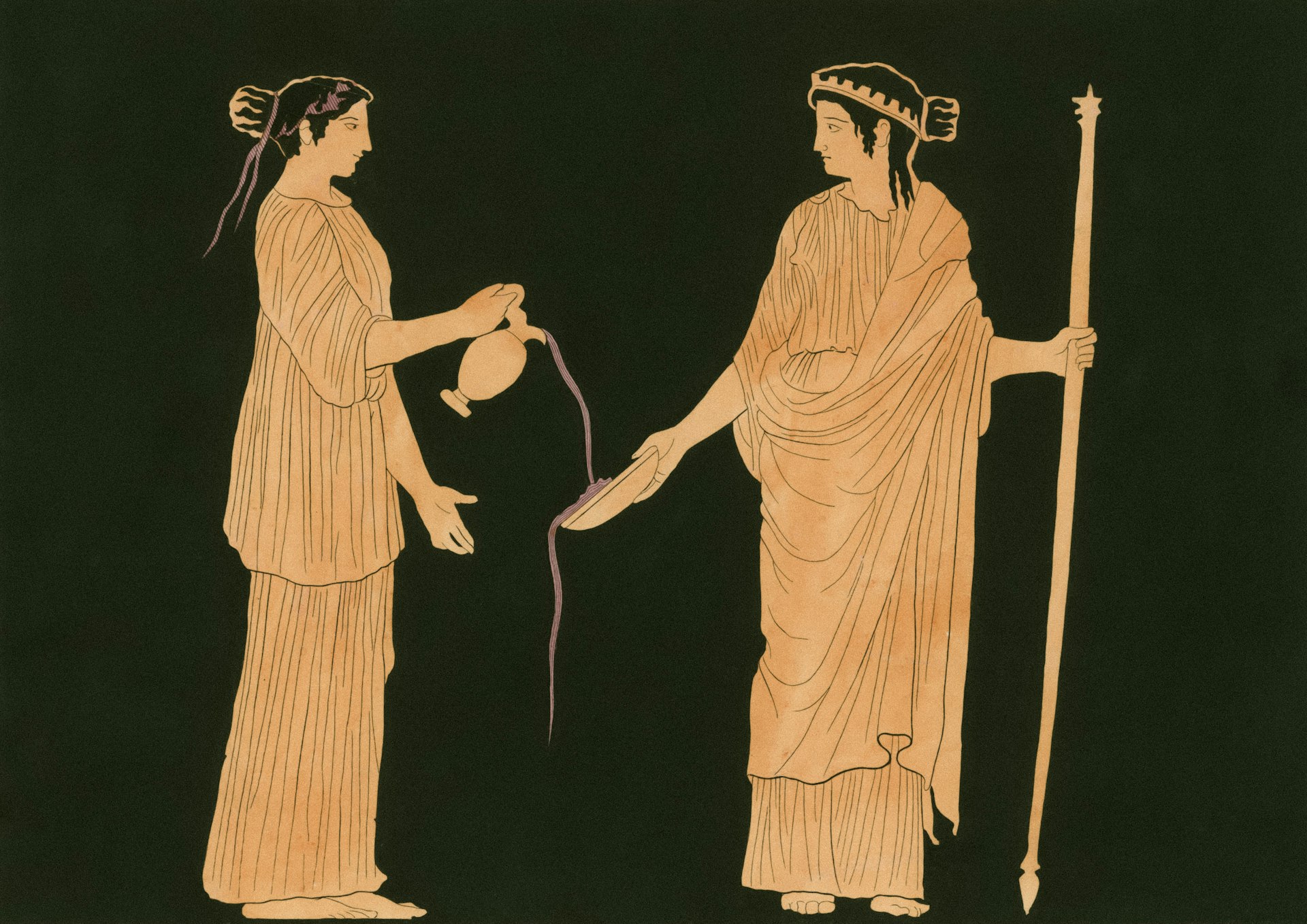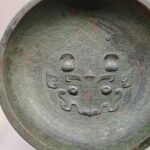Unveiling the Impact: Women's Roles and Influence in Ancient History


Photo by The New York Public Library on Unsplash
Introduction: Understanding Women’s Roles in Ancient History
The role of women in ancient history is a subject of ongoing scholarly reassessment, revealing their complex influence across social, economic, political, and spiritual spheres. Women’s status and contributions varied widely across ancient cultures, shaped by evolving social structures, traditions, and the development of patriarchal systems. While written records from antiquity often underrepresent women’s achievements, modern research and archaeological evidence provide valuable insight into their lives and lasting impact. [1]
Social Status and Family Roles
Across most ancient societies, women were primarily recognized as wives and mothers, with procreation considered their principal societal obligation. This was especially true in cultures such as Rome and Greece, where family reputation and household management were core responsibilities. [3] However, the transition from matriarchal or communal arrangements to patriarchal systems often led to a decrease in women’s public status, limiting their opportunities outside the home. [1]
Despite these constraints, women in many societies exercised significant influence as estate managers, advisers, and partners in family businesses. In elite circles, marriages were frequently arranged for political alliances, and some women gained power through their familial connections and roles as mothers of heirs. [2]
Political and Leadership Contributions
Although ancient governance was predominantly male-dominated, notable exceptions highlight women’s political agency. In Mesopotamia, queens such as Puabi of Ur and Semiramis of Assyria held real authority. [2] Egyptian women, including Cleopatra, not only ruled but also shaped international politics, demonstrating that gender was not always a barrier to leadership. [2]
In Rome, empresses like Livia and Agrippina the Younger influenced imperial policy and succession. Etruscan women, unique in the ancient world, enjoyed social privileges and equal-status rights, underscoring the diversity of women’s experiences in antiquity. [3]
Religious, Spiritual, and Intellectual Roles
Women were central to religious life, serving as priestesses and spiritual leaders. In Mesopotamia, priestesses maintained sacred rituals and were respected for their spiritual authority. [2] The Oracle of Delphi in Greece exemplifies how women could wield considerable influence through religious roles. Egyptian mythology and spiritual practice revered powerful goddesses, such as Isis, and women often played vital roles in temple administration. [4]
Women also contributed significantly to intellectual and artistic life. Sappho of Lesbos was celebrated for her poetry, and Hypatia of Alexandria became renowned as a mathematician and philosopher, challenging gender norms and leaving a lasting legacy. [2]
Labor, Economics, and Daily Life
Women’s economic roles were shaped by gendered divisions of labor. Weaving was an especially prominent activity, both as a craft and an economic resource. In Neolithic times, women were buried with weaving tools, and legends from China (Si Lingchi) and Mesoamerica (Ix Chel Yac) link women to technological innovation and artistic expression. [1]
Agriculture was often shared between genders, and women’s participation in food production is well documented. Elite women managed estates and contributed to financial policies, while women of lower status worked alongside men in fields and workshops. [1]
Legal Rights and Social Mobility
Women’s legal status varied widely. In Egypt, women could own and inherit property, engage in trade, and initiate divorce, reflecting a higher degree of autonomy compared to Greece and Rome. [2] Spartan women received education and athletic training similar to men, illustrating alternative approaches to gender roles. [3]
Nevertheless, most ancient legal systems subordinated women to male authority, whether fathers, husbands, or male guardians. Social mobility was typically restricted, but exceptions-through religion, intellectual achievement, or royal birth-enabled some women to transcend societal boundaries. [3]

Photo by Alper Z on Unsplash
Accessing Reliable Information and Opportunities for Further Research
Understanding women’s roles in ancient history requires comprehensive research using both written records and archaeological evidence. To access reliable information:
- Consult academic databases such as EBSCO for peer-reviewed articles and research summaries on women’s lives in ancient societies. [1]
- Explore established educational platforms, such as World History Encyclopedia, for curated collections and case studies on notable women in antiquity. [4]
- Visit museum exhibitions and official historical organizations for artifacts and expert analyses. For example, Teo Exhibitions provides modern reflections and showcases exceptional female figures. [3]
If you wish to conduct your own research or verify historical claims, consider the following steps:
- Identify reputable sources-academic journals, university presses, museum websites-and use search terms like “women in ancient history,” “female leaders in antiquity,” and “archaeological evidence of women’s roles.”
- Review bibliographies and reference lists in scholarly books and articles for additional primary and secondary sources.
- Contact university history departments or professional associations specializing in ancient studies for expert guidance or access to specialized databases.
- Attend public lectures, webinars, or online courses offered by established institutions to deepen your understanding of the topic.
When official government programs or grants are mentioned in the study of ancient history, such as fellowships for research, you can typically find application instructions by searching for “history research fellowships” on university websites or contacting funding agencies directly. For museum internships or exhibition participation, visit the official websites of major museums or search for “museum internships ancient history” for application details. Always verify the legitimacy of the organization before applying.
Challenges and Solutions in Historical Research
Studying the role of women in ancient history presents several challenges:
- Documentation Bias : Most surviving records were written by men or focus on elite male activities. Personal narratives and artifacts, when available, are crucial for reconstructing women’s experiences. [1]
- Social Prejudices : Modern interpretations are sometimes shaped by embedded perceptions of women’s need for protection. Scholars must critically assess sources and consider alternative viewpoints. [3]
- Lack of Uniformity : Women’s roles differed greatly based on culture, class, and historical period. Comparative approaches and cross-cultural studies can help identify patterns and exceptions. [2]
To overcome these challenges, researchers should use multidisciplinary methods, consult a variety of sources, and remain open to revising assumptions as new evidence emerges.
Summary: Key Takeaways and Next Steps
Women in ancient history shaped family, society, religion, and governance in ways that continue to inspire and inform. Despite barriers, many women achieved prominence and left legacies that modern scholars are still uncovering. To further explore this topic, utilize academic databases, engage with museum exhibitions, and seek guidance from experts in the field.
If you are interested in pursuing research, teaching, or advocacy related to women’s roles in ancient history, start by searching for opportunities at universities, museums, and historical organizations. Verify all sources and follow official application procedures to access fellowships, internships, or educational programs.
References
- [1] EBSCO (2023). Women’s Life in the Ancient World. Research Starter on women’s social, economic, and political contributions in antiquity.
- [2] Hogg History (2023). The Role of Women in Ancient Civilizations. Educational overview of women’s status in Mesopotamia, Egypt, Greece, and Rome.
- [3] Teo Exhibitions (2024). Women in the Ancient World: Modern Reflections. Exhibition summary of women’s evolving roles and exceptional achievements.
- [4] World History Encyclopedia (2023). Women in the Ancient World. Curated collection on family, religion, and work roles of ancient women.






